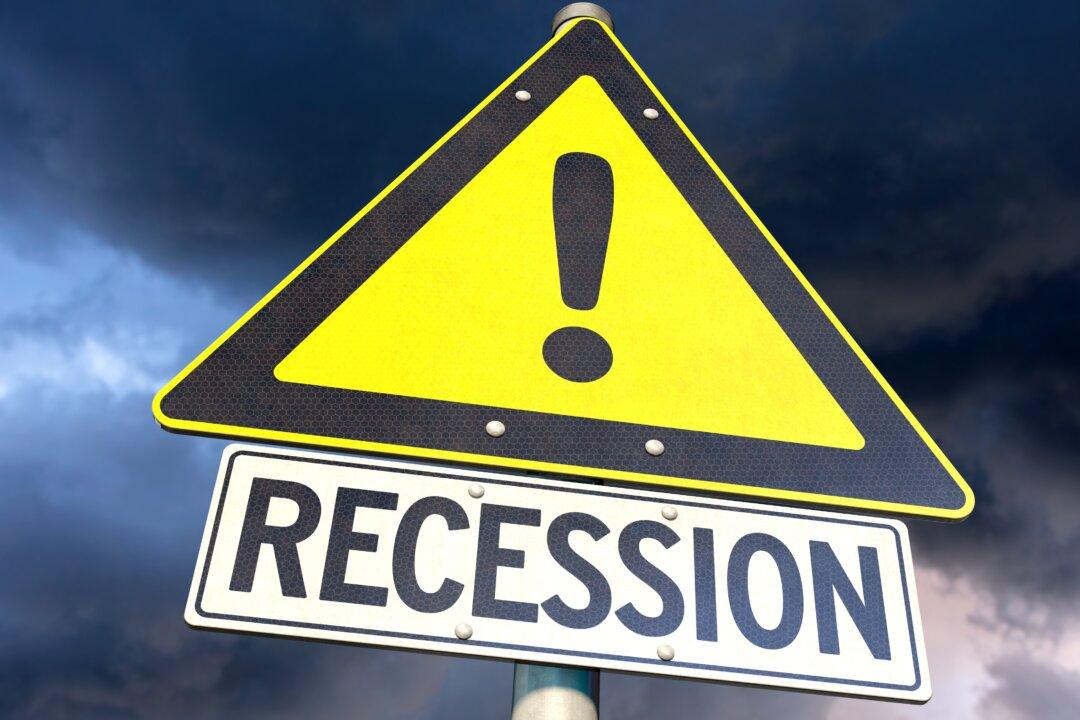Commentary
Currency devaluation is inflation. How the drop in the currency’s value comes about is another question, though ultimately for consumers and businesses the answer to it might not matter. When that price declines, it simply means the relative value of goods and services available to be exchanged for it has gone up. Once money is cheapened, real things become more valuable by comparison.





